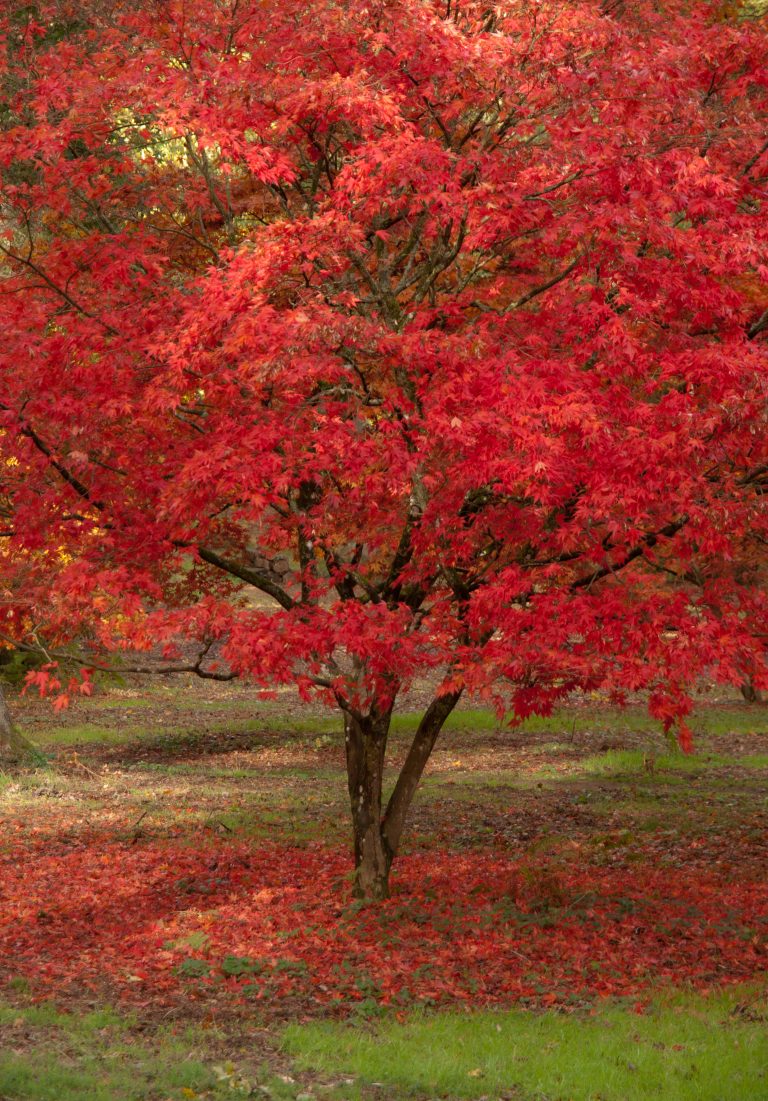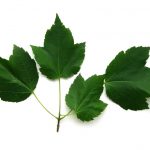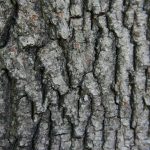Scientific name: Acer rubrum

Red maple in the fall

Red maple leaves

Red maple bark
Identification
- Three to five irregularly toothed lobes per leaf
- Bark in the tree's early life is light grey and smooth then becomes darker and scaly as the tree ages
- Adults trees are round or oval in shape
Status
- Native
Interesting Facts
- Grow anywhere from 40 to 120 feet tall
- The tree has at least one red component during each of the four seasons (flowers, fruit, twigs, and fall foliage)
- Although not as sweet as the sugar maple sap, boiled down for traditional maple syrup, the red maple also produces a sap that can be made into syrup
- Native Americans used the bark as a pain killer and an anti-inflammatory
References
Nesom, G. (2006). Plant guide: Red maple, Acer rubum. U.S. Department of Agriculture.
Red maple. (2017). Retrieved from https://www.nwf.org/Wildlife/Wildlife-Library/Plants/Red-Maple.aspx
Red maple: Acer rubrum. (2017). Retrieved from https://www.arborday.org/trees/treeguide/treedetail.cfm?itemID=867
Trees of the Adirondacks: Red maple (Acer rubum). Retrieved from http://www.adirondackvic.org/Trees-of-the-Adirondacks-Red-Maple-Acer-rubrum.html
Watts, M. T. (1963). Tree finder : A manual for the identification of trees by their leaves. Birmingham, Alabama: Nature Study Guild Publisher.
Image Credits
Red maple in the fall: Red maple tree at Winkworth Arboretum in Surrey by William Warby licensed under CC BY 2.0
Red maple leaves: Acer rubrum- Red Maple Leaves by Evelyn Fitzgerald licensed under CC BY 2.0. Image cropped.
Red maple bark: Acer rubrum(bark) by Cody Hough, a college student and photographer in the Michgian area, licensed under CC BY-SA 3.0. Image cropped.Cropped image licensed under CC BY-SA 4.0.